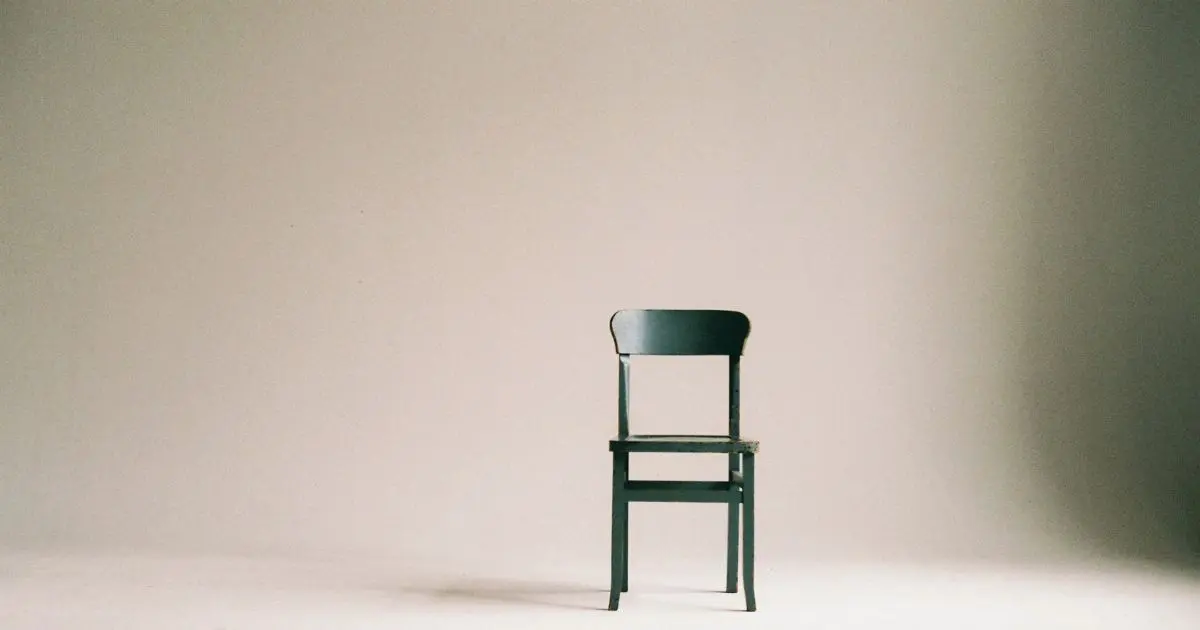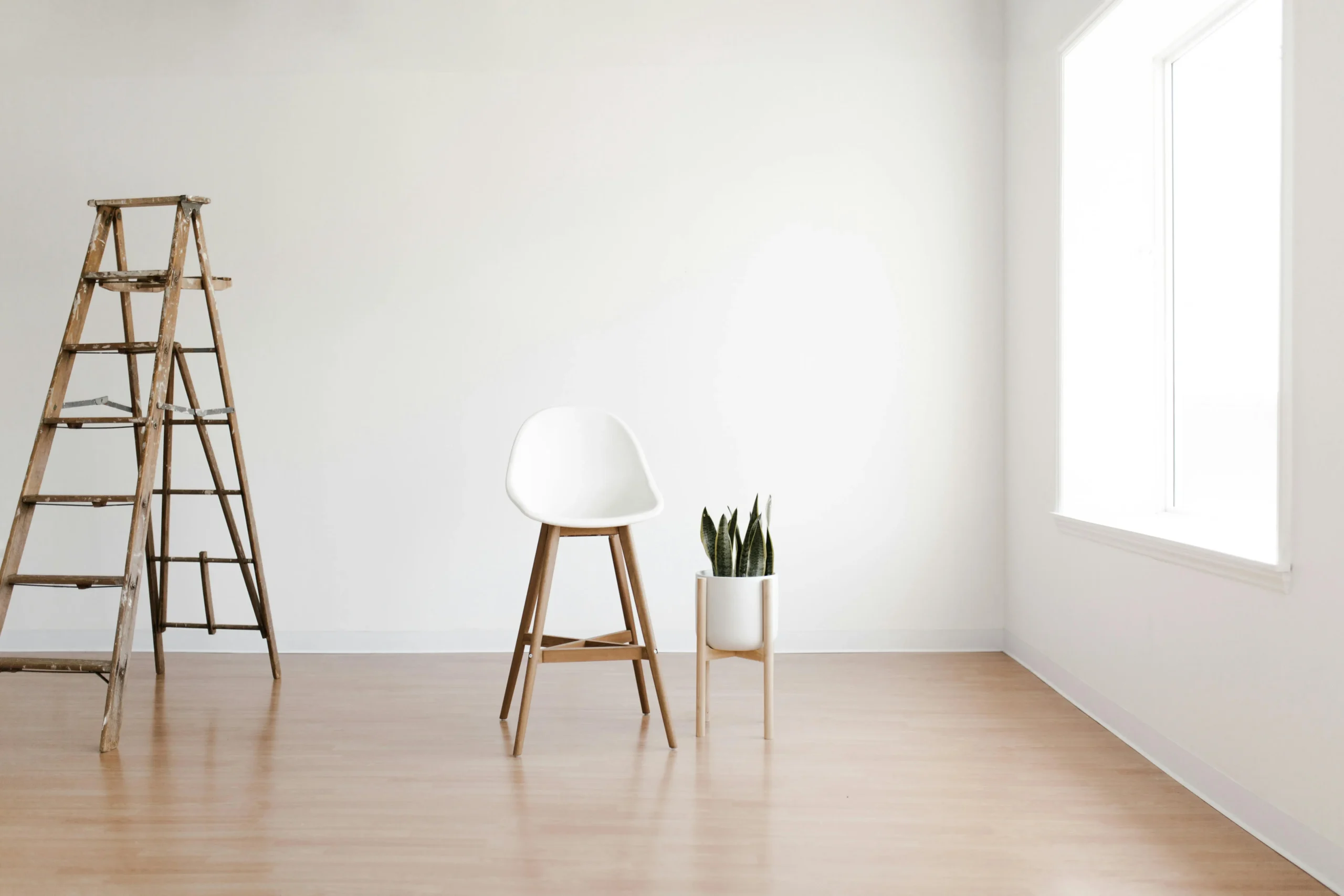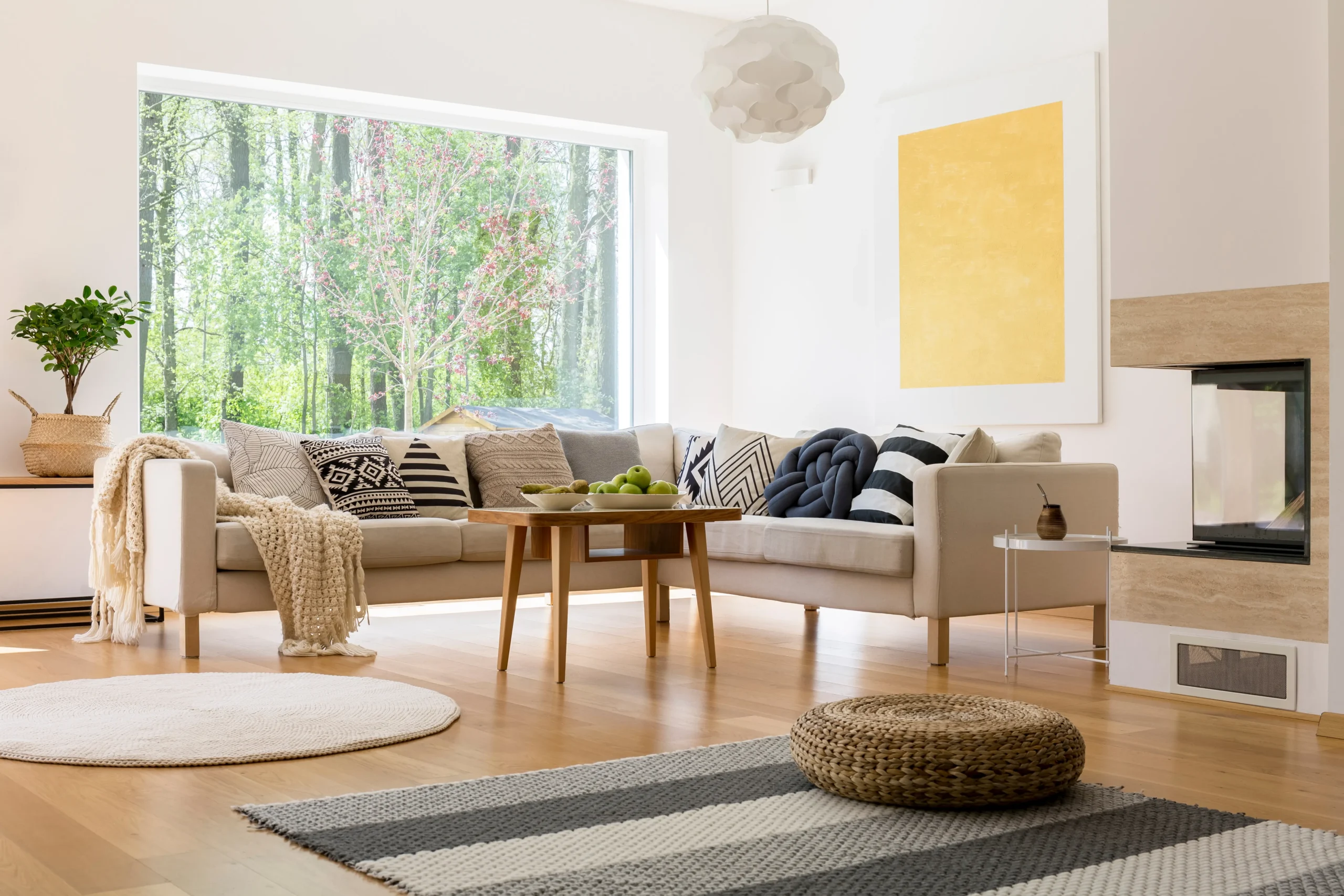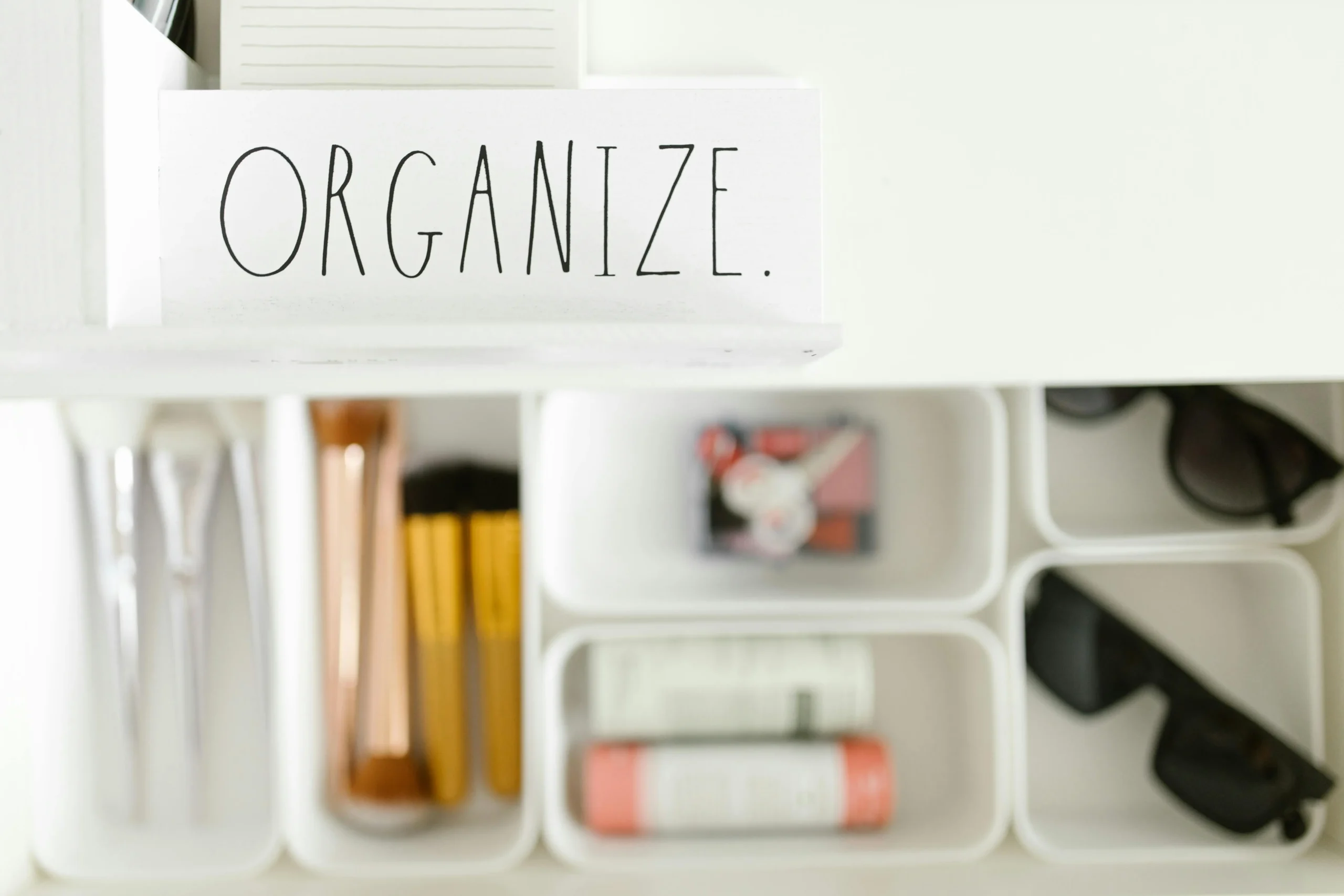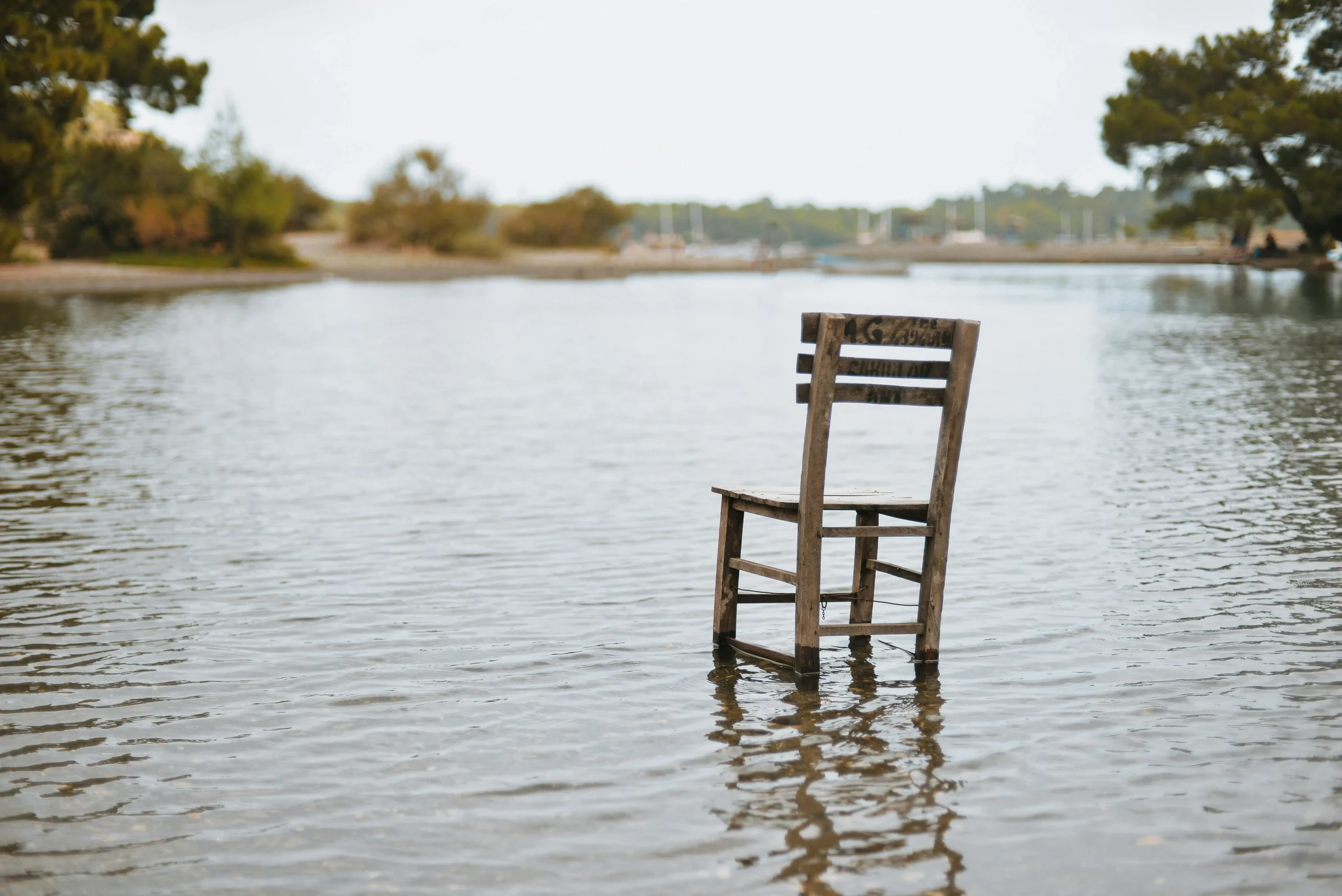The journey to a more intentional life begins with one question: What if owning less could make you happier? This isn’t about sacrifice—it’s about finding freedom in choosing quality over quantity, experiences over things, and mindful consumption over impulsive buying.
Living with less is a shift away from the culture of excess. As climate concerns grow and homes overflow with post-pandemic clutter, many of us are realizing that true happiness doesn’t come from having more—it comes from being intentional about what we keep.
The benefits go beyond a tidy home. Minimalism creates space for deeper relationships, meaningful experiences, financial freedom, and mental clarity. Spend less time managing possessions and more time pursuing what matters. Most importantly, minimalism helps you focus on your values and priorities.
Living with Less: Your Guide to Getting Started
This guide walks you through starting your minimalist journey, from understanding core principles to maintaining your new lifestyle. You’ll learn practical tips for decluttering, simplifying your digital life, and embracing a mindset that makes living with less rewarding.
Minimalism: Beyond the Stereotypes
Minimalism isn’t about living in bare spaces with nothing but a chair. It’s about intentionality—keeping only what serves a purpose, brings joy, or adds value to your life. The goal isn’t to own as little as possible but to own the right things for your needs and values.
The core principles include conscious consumption, quality over quantity, and prioritizing experiences over possessions. By eliminating excess, you free up energy for relationships, personal growth, and meaningful pursuits.
The Benefits of Minimalist Living
Research shows minimalism reduces stress, boosts focus, and increases life satisfaction. With fewer possessions to manage, you free mental bandwidth for creativity and connection.
Financially, minimalists spend less on unnecessary purchases, save on storage, and often live comfortably in smaller spaces. This financial freedom opens doors for passion projects, travel, or growing savings.
Minimalism also fosters gratitude. By owning less, you appreciate more and develop a healthier relationship with consumption.
Misconceptions About Minimalism
Minimalism isn’t about extreme sacrifice or being child-free. A minimalist family might own toys, sports gear, and practical items—they just choose thoughtfully and reassess regularly.
It’s also not just about aesthetics. While clean, uncluttered spaces are a benefit, the real transformation is internal. It’s about clearer priorities and intentional living.
Assessing Your Lifestyle: The First Step
Before decluttering, reflect on what “living with less” means to you. Are you seeking more time, less stress, financial freedom, or a calmer home? Understanding your motivation helps guide your decisions and keeps you committed.
Consider whether your possessions match your life goals. Do they add value or overwhelm you? This insight helps focus your efforts.
Different Types of Clutter
- Physical Clutter: Unworn clothes, unread books, unused kitchen gadgets. Identify areas in your home that feel chaotic.
- Digital Clutter: Unorganized photos, unused apps, overflowing inboxes. Digital clutter can be just as draining.
- Mental Clutter: Worries, overcommitments, and unhelpful thoughts. Simplifying your schedule and mindset is just as important.
Setting Realistic Goals
Minimalism is about sustainable progress, not drastic changes. Set measurable goals, like decluttering one room per month or reducing your wardrobe by half in six months. Choose an approach that feels achievable, whether it’s daily sessions or weekend projects.
Decluttering Your Physical Space: Practical Tips
Decluttering can feel overwhelming, but breaking it into small steps makes it manageable. Start with items that hold the least emotional attachment, like expired products or broken tools. Build momentum before tackling harder areas.
Decluttering Methods
- KonMari Method: Focus on categories (e.g., clothes, books) and keep only what “sparks joy.” This is thorough but time-intensive.
- Minimalist Game: Gradually build momentum by removing one item on day one, two items on day two, and so on for 30 days.
- Room-by-Room: Start with areas like the bedroom or bathroom, where decluttering has an immediate impact.
Sustainable Disposal
Donate, recycle, or sell items responsibly. Research local donation centers or recycling programs. Host a clothing swap or sell valuable items online. For unusable items, find ways to repurpose before discarding.
Simplifying Your Digital Life
Digital clutter can be just as overwhelming as physical clutter. Organize files, delete unused apps, and unsubscribe from unnecessary emails to create a cleaner, more focused virtual space.
Reducing Screen Time
Track your screen time and remove distractions like social media apps. Create phone-free zones and set boundaries for checking emails. These small changes can improve mental health and productivity.
Useful Apps
Simplify your life with essential apps like a basic calendar or notes app. Regularly review and delete apps that don’t add value.
Streamlining Finances: Money and Minimalism
Financial minimalism is about clarity and intention. It helps reduce expenses, increase savings, and create greater peace of mind.
Cutting Unnecessary Expenses
Track your spending for a month to identify wasteful habits. Cancel unused subscriptions and focus on experiences over things.
Minimalist Budgeting
Use a simple budget with broad categories like housing, food, and savings. Automate payments and savings to reduce decision fatigue. Prioritize quality purchases that align with your values.
Financial Benefits
Minimalism reduces housing and storage costs, saves money on less frequent but better-quality purchases, and simplifies money management.
Embracing the Minimalist Mindset
The most profound changes come from within. Minimalism cultivates gratitude, mindfulness, and stronger connections with others.
Gratitude and Mindfulness
Appreciate what you have by starting a gratitude journal. Practice mindfulness by making intentional choices and focusing on the present moment.
Prioritizing Experiences
Experiences, like hiking or cooking with friends, often bring more lasting joy than possessions. Choose activities that align with your values.
Building Relationships
Minimalism allows you to invest more time and energy in meaningful relationships. Be selective with commitments and create spaces that prioritize connection over distraction.
Overcoming Challenges in Minimalism
Minimalism isn’t always easy, but understanding common challenges can help you stay motivated.
Emotional Attachment
Letting go of sentimental items can be hard. Keep a few meaningful objects and honor memories in creative ways, like photos or journals. Avoid keeping things out of guilt.
Societal Pressures
Others may not understand your choices, but remember, minimalism is about your values—not their opinions. Seek support from like-minded communities.
Staying Motivated
Progress may be slow at times, but celebrate small wins. Focus on the benefits, like calmer spaces and greater clarity, to stay inspired.
Minimalism is a journey, not a destination. By simplifying, you’ll create more space for what truly matters—your passions, relationships, and a life of intentionality.

